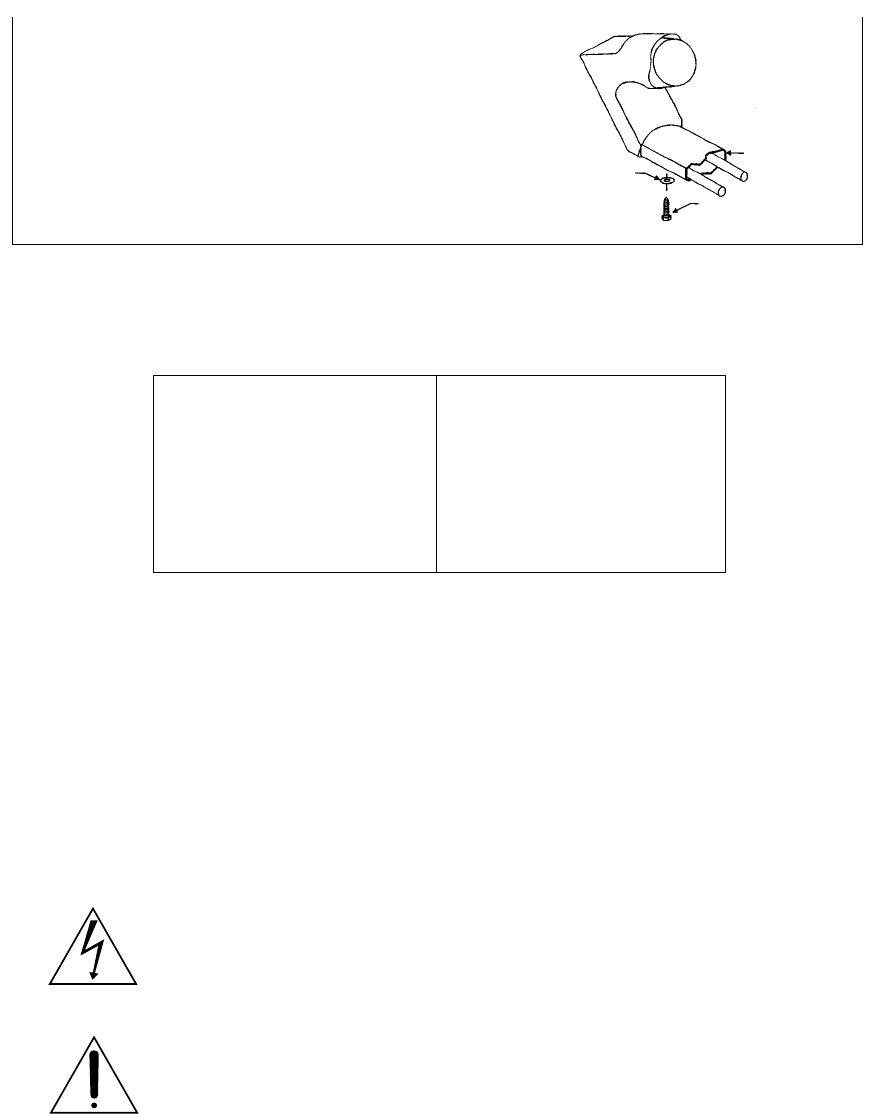
Page 7-6
20.Pull the cable loop up into the top of the mast.
User and
Installation Guide
Cutaway
View of Arm
Screw
Washer
INSTALLING THE ANTENNA ON A METAL POLE
Note: Skip this section if you are using the mast that came with the satellite antenna.
You can mount the satellite antenna on a metal pole if necessary. This allows you a wider
range of locations for installation. If used, the metal pole should have an outside diameter
of 1.62 to 1.68 inches (typically, 1 5/8 inches), and should be sturdy enough not to flex in
high winds. If the clamp is slightly loose, use sandpaper or emery cloth to shim the clamp,
and tighten.
You can mount the satellite antenna on a metal pole that is attached to an existing building.
Make sure to follow all safety requirements, and ground the satellite antenna, pole, and
cables in accordance with the National Electrical Code and local electrical codes.
You can also mount the satellite antenna on a metal pole installed in the ground, as long as
the soil provides a firm foundation (that is, the soil is not so rocky as to prevent digging a
hole, nor so moist as to prevent proper curing of cement in the hole).
Take extreme care to avoid contacting any overhead power lines, lights, and
power circuits while you are installing the satellite antenna. Contact with any
of these could prove fatal. Do not install the satellite antenna near power lines.
Before you attach the pole to a mounting surface or install the pole in the
ground, you should make sure that you can route the cable from your chosen
location into the building, drilling holes where necessary, to the recorder.
Tools Required
ࡗ post hole digger
ࡗ cement
ࡗ 7/16” socket or box-end
wrench
ࡗ bubble level or plumb line
ࡗ pole
Materials Required
ࡗ cable ties


















